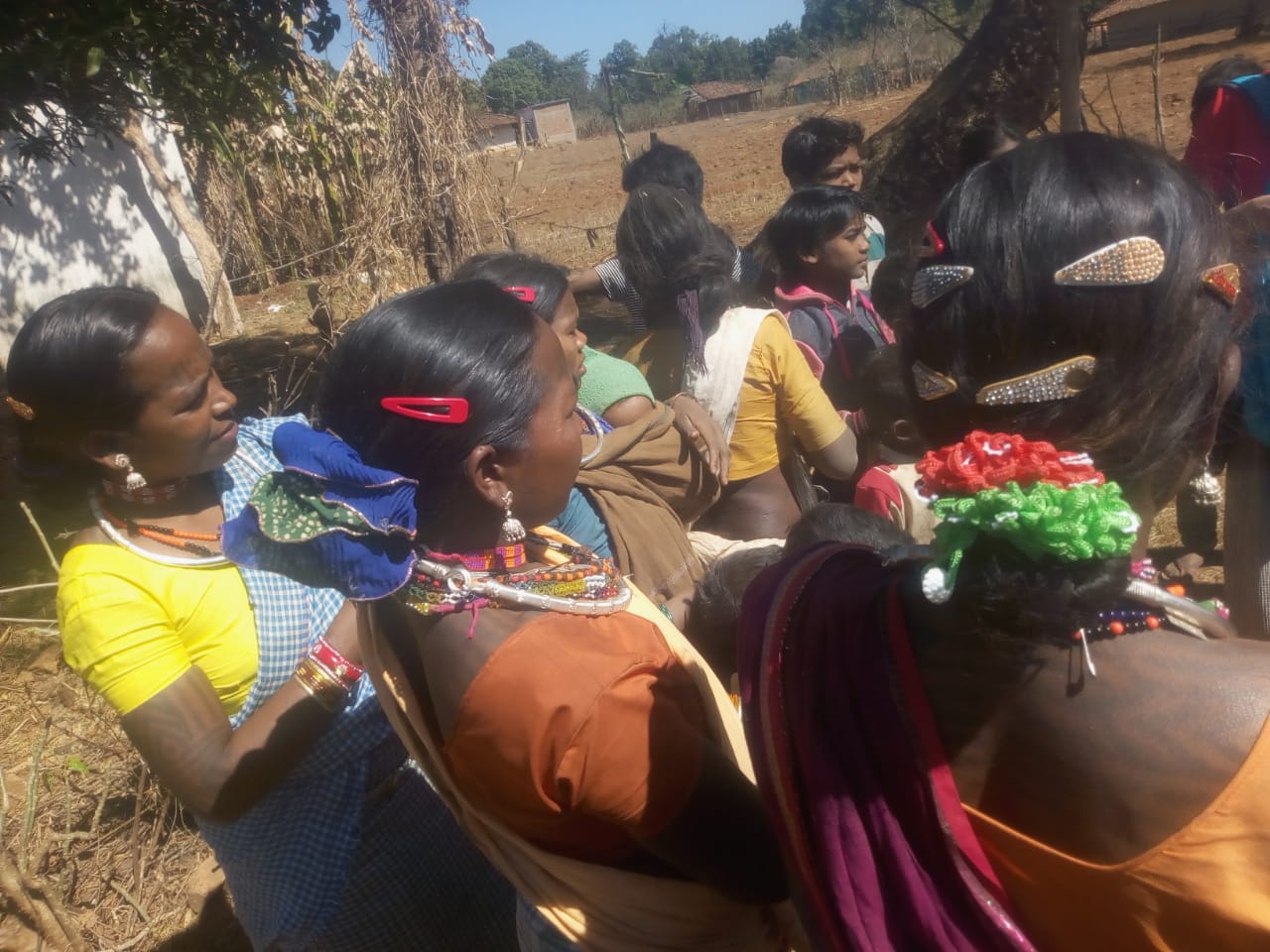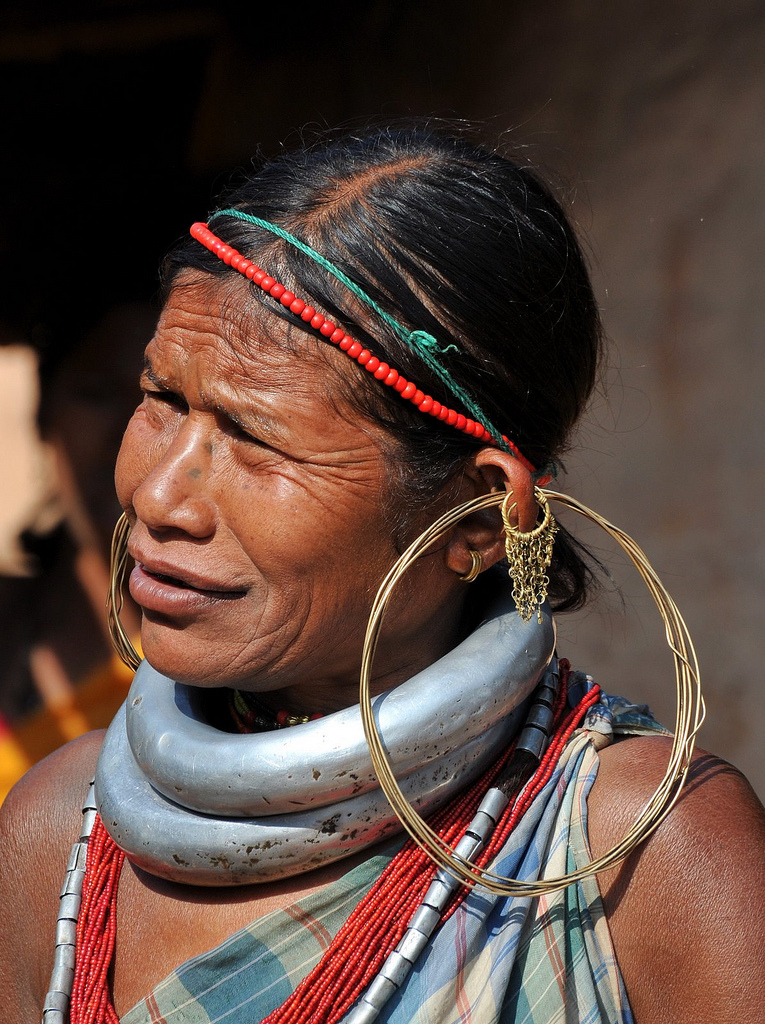Baiga is a tribe found in Madhya Pradesh and Jharkhand states of India. The largest number of Baigas is found in Baiga-chuk in Mandla district and Balaghat district of Madhya Pradesh. They have sub-castes – Bijhwar, Narotia, Bharotiya, Nahar, Rai Bhaina, and Kadh Bhaina. Their population as of Census 1981 was 248,949. The Baiga tribe in Madhya Pradesh is known for its unique culture.
They do not interact even with other tribals like the Gonds, believe in a hand-to-mouth existence, and do not try to access education, eat outside their community, or associate with others. After a death in the family, the Baigas just leave the house and build another. They are totally dependent on the jungle, they do not engage in tendu patta collection, which is a major livelihood provider in Madhya Pradesh. The Baigas live for the present, and do not think of the future. Their love for the country liquor called mahua daru is absolute, and they spend their week’s earnings on liquor on Fridays and Saturdays. The baiga takes coarse food and shows no extravagance in this aspect. They eat coarse grain, kodo, and kutki, drink pej, eat little flour and are normally content with what little that they get. One of the prime foods is pej that can be made from grounding macca or from the water left from boiling rice. One of the tribes for whom tattooing is an integral part of their lifestyle is the Baiga tribe. This tribe inhibits the dense hilly forests in the eastern part of the Satpuras, in Shahdol, Bilaspur, Rajnandgaon, Mandla, and Balaghat districts. The Biagas are of Dravidian stock and are one of the eight extremely backward and primitive tribes of M.P. In Hindu Mythology, popular Bhil figures are Shabari, who offered Rama and Laxmana half-eaten Ber (berries) fruit when they were searching for Sita Devi in the forest. Maharishi Matanga was another Hindu Bhil sage who became a Brahmana. It is noteworthy that Lord Rama appears in a Bhil myth where there has been a flood that wiped out humanity and Rama suggests how it can be repopulated.






